The Future of Living Concrete
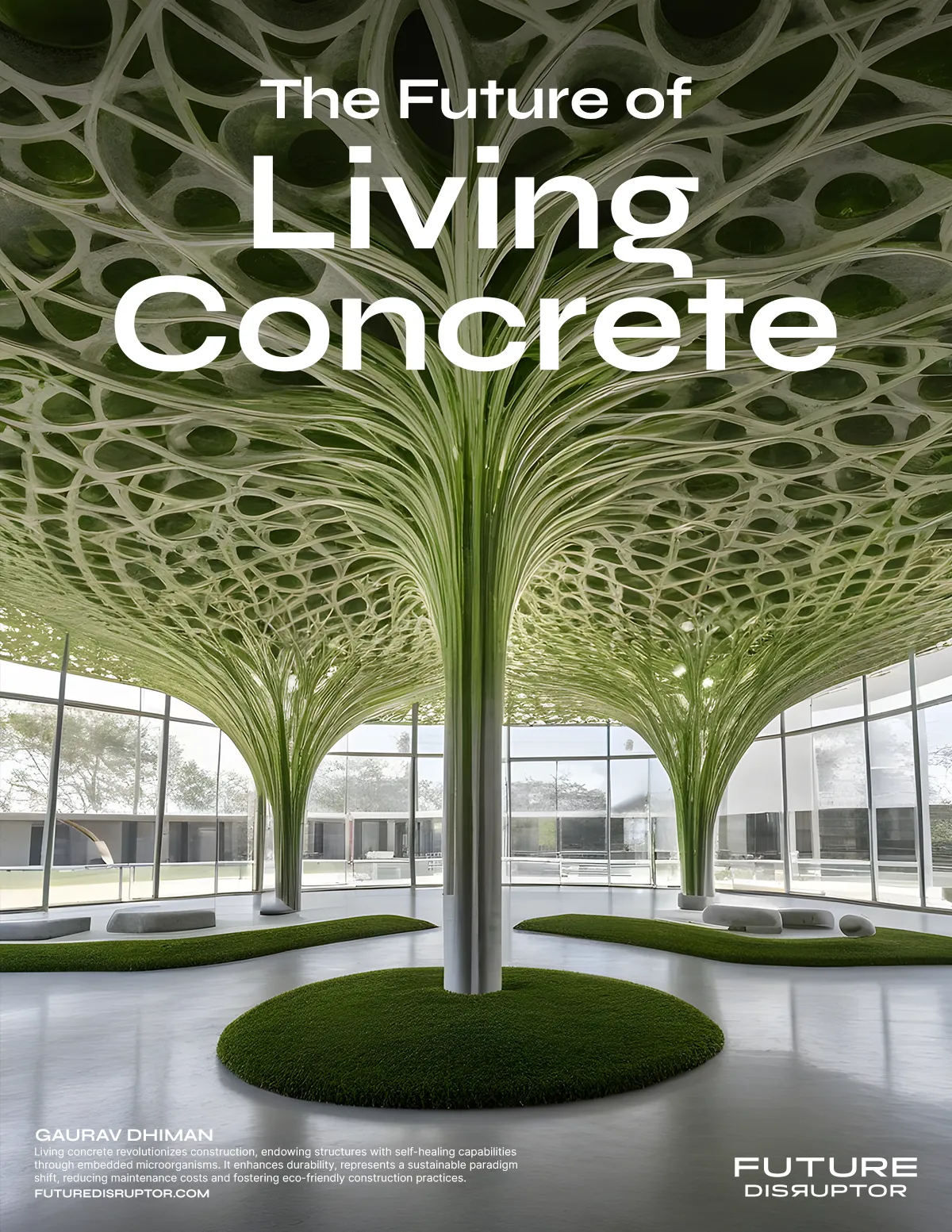
Living concrete is a new way of making concrete using living bacteria instead of cement. Imagine tiny green creatures that can turn sand into stone using sunlight and air. They can also grow and multiply, creating more concrete from the same material. This is made using a particular type of bacteria called cyanobacteria.
Living concrete is not only alive but also eco-friendly. Unlike regular concrete, which produces a lot of carbon dioxide, living concrete absorbs carbon dioxide and releases oxygen. It can also heal itself, glow in the dark, or sense the environment. It can be used to build in places where resources are scarce or harsh, such as deserts or other planets. It is a revolutionary invention that could change the future of construction and sustainability.
It is also known as or related to bioconcrete, bacterial concrete, self-healing concrete, biogenic concrete, organic concrete, green concrete, microbial concrete, ecological concrete, smart concrete, and sustainable concrete.
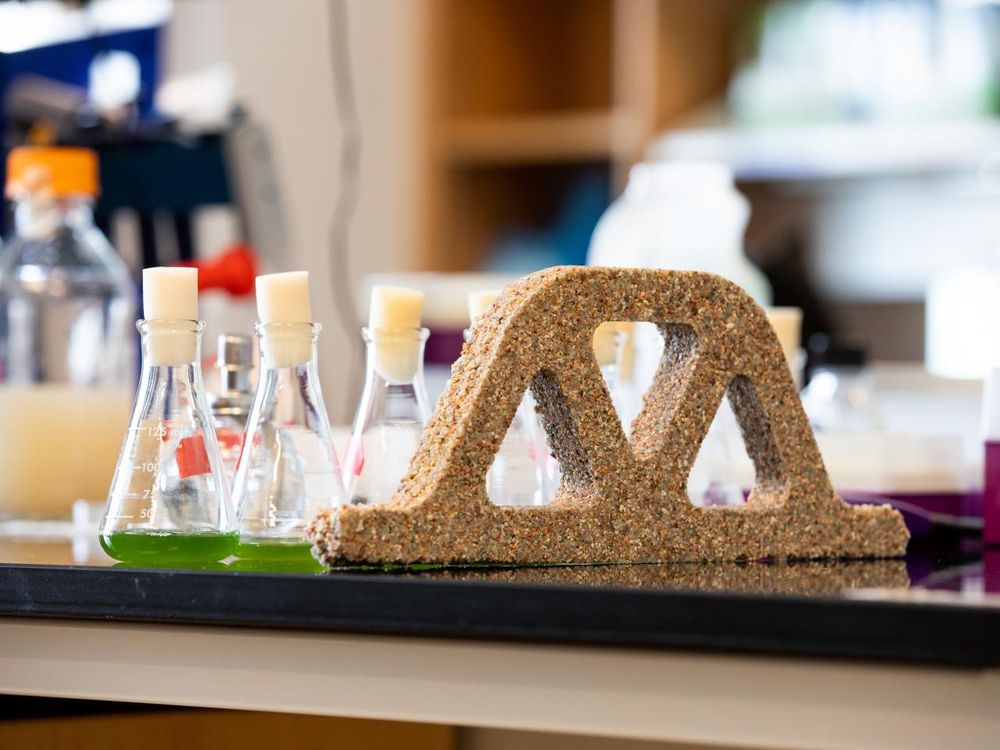
Practical Applications
Some practical applications of living concrete are:
- Construction in harsh or resource-scarce environments, such as deserts or other planets. It can adapt to the climate and regenerate itself with minimal inputs.
- Repair concrete cracks and damage using microbial-induced calcium carbonate precipitation (MICP) to heal the fractures. It can improve the durability and service life of concrete structures.
- Development of novel functions and properties, such as self-healing, bioluminescence, or sensing. It can create smart and sustainable concrete products with enhanced performance.
Importance for Our Future
Living concrete is important for our future because:
- It can reduce the construction industry’s environmental impact, a major source of greenhouse gas emissions.
- It can provide a sustainable and low-carbon alternative to conventional concrete.
- It can adapt to harsh or resource-scarce environments, heal itself, and create smart and sustainable concrete products with enhanced performance.
- It is a revolutionary invention that could change the future of construction and sustainability.
How Does it Work?
The step-by-step process of how living concrete works is as follows:
- Prepare a mixture of photosynthetic bacteria (cyanobacteria), sand, gelatin, and nutrients in water.
- Pour the mixture into molds of desired shapes and sizes.
- Expose the molds to light and air to allow the bacteria to perform photosynthesis and produce calcium carbonate crystals.
- Remove the molds and let the material dry to form solid bricks or blocks.
- Use the bricks or blocks to build structures as needed.
- Add more sand and nutrients to the existing bricks or blocks to regenerate or grow the material.
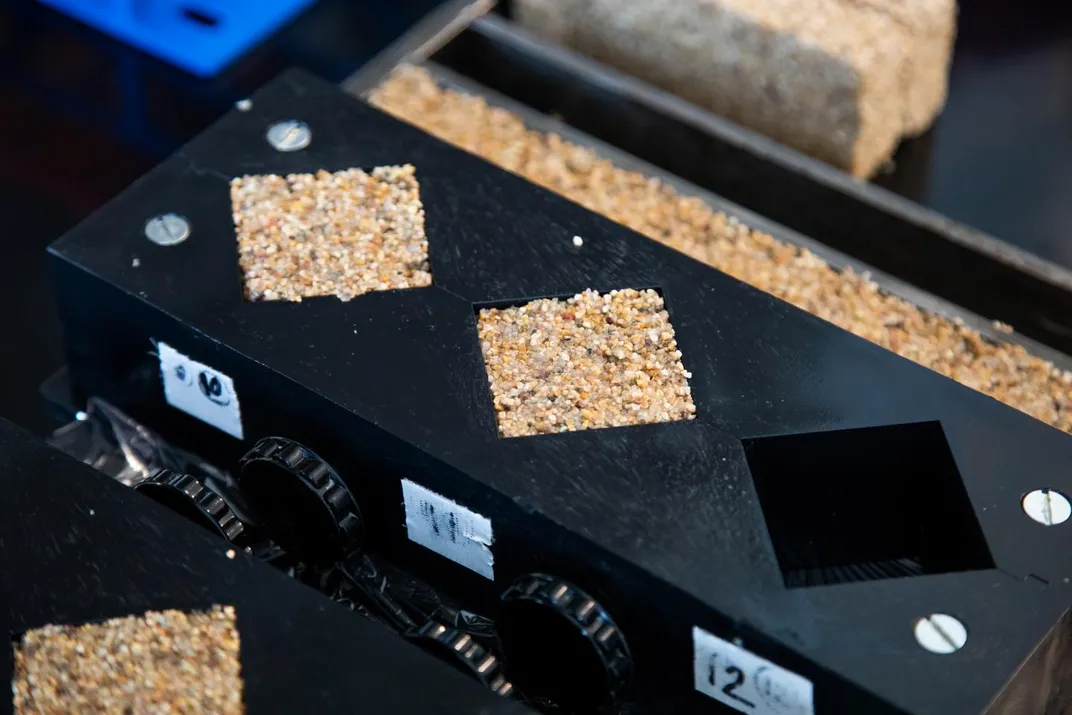
Evolve in the Future
Living concrete can evolve by improving its strength, durability, and viability. Researchers are exploring ways to enhance its properties using different bacteria, nutrients, and additives. Some of the ways living concrete will evolve in the future are:
- Bendable Concrete: A type of concrete with increased ductility, or the ability to undergo extreme deformation before cracking or breaking, compared to traditional concrete. Bendable concrete can withstand heavy loads, heal itself, and resist cracking.
- Electrochemical Concrete: A method of manufacturing cement while eliminating CO2 emissions. The sequestered carbon can be used in other industries using an electrochemical process that captures CO2 before it is released.
- 3D Printed Concrete: A technique of creating concrete structures using a computer-controlled robotic arm that extrudes layers of concrete material. 3D-printed concrete can reduce waste, save time, and create complex shapes.
Help Organizations/Enterprises
Living concrete can help organizations and enterprises in various ways, such as:
- Reduce the environmental impact and carbon footprint of the construction industry.
- Provide a sustainable and low-carbon alternative to conventional concrete.
- Improve the efficiency and productivity of the construction process by using digital transformation and automation technologies, such as sensors, virtual reality, internet of things, and 3D printing.
- Create smart and sustainable concrete products with enhanced performance.
- Expand the potential and creativity of the architectural design by using it to create complex shapes, structures, and functions.
Driving Adoption
Living concrete adoption is driven by several factors, such as:
- The need to reduce the environmental impact and carbon footprint.
- The potential to improve the efficiency and productivity of the construction process.
- The opportunity to expand the creativity and innovation of the architectural design.
Operational Challenges
Some of the challenges in operationalizing living concrete are:
- Trade-off between strength and viability: To attain the maximum strength, the concrete must be dried thoroughly, compromising the bacteria’s survival. Conversely, to maintain the viability of the bacteria, the concrete needs to be moist, which reduces its strength.
- Production scalability and cost-effectiveness: The current process of making living concrete is time-consuming, labor-intensive, and requires specific conditions of light, temperature, and humidity. The cost of the bacteria, gelatin, and nutrients also adds to the overall expense.
- Structural durability and reliability: It is susceptible to environmental factors, such as UV radiation, moisture, temperature, and microbial contamination, affecting its performance and longevity. Living concrete also needs to meet conventional concrete’s standards and specifications regarding mechanical, physical, and chemical properties.
Success Stories
Living concrete has some success stories that demonstrate its potential and innovation:
- Scientists at the University of Colorado Boulder designed a bacteria-based living concrete that can absorb carbon dioxide, release oxygen, and regenerate itself by adding more sand and nutrients. They created bricks of different shapes and sizes that could bear loads and grow exponentially.
- Researchers at the Delft University of Technology in the Netherlands developed a bio-concrete that can heal itself using bacteria that produce limestone when exposed to water. They applied this technology to a lifeguard station in the Netherlands that showed no signs of damage after two years.
- Engineers at the University of Strathclyde in Scotland created a bendable concrete that can withstand heavy loads, resist cracking, and self-heal using bacteria and microcapsules. They tested this material on an Easterhouse, Glasgow footbridge that showed improved performance and durability.
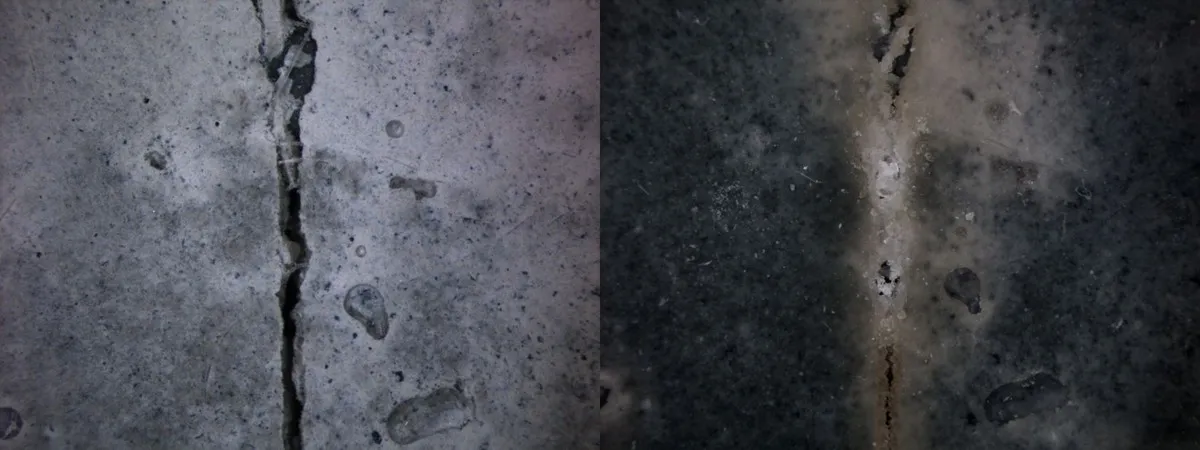
Types
Different types of living concrete exist, depending on the type of bacteria, nutrients, and additives used to produce the concrete. Some of the types are:
- Bacteria-based Living Concrete: This type of concrete uses photosynthetic bacteria, such as Synechococcus, to produce calcium carbonate crystals that bind the sand particles together. This type of concrete can absorb carbon dioxide, release oxygen, and regenerate itself by adding more sand and nutrients.
- Bio-concrete: This type of concrete uses bacteria, such as Bacillus subtilis, that produce limestone when exposed to water to heal the cracks and damage in the concrete. This type of concrete can improve the durability and service life of concrete structures.
- Bendable Concrete: This type of concrete uses bacteria and microcapsules to increase the ductility, or ability to undergo extreme deformation before cracking or breaking, of the concrete. This type of concrete can withstand heavy loads, resist cracking, and self-heal.
- Electrochemical Concrete: This type of concrete uses an electrochemical process to manufacture cement while eliminating CO2 emissions. This concrete type can reduce the industry’s environmental impact and carbon footprint.
- 3D Printed Concrete: This type of concrete uses a computer-controlled robotic arm to create concrete structures by extruding layers of concrete material. This type of concrete can reduce waste, save time, and create complex shapes.
Advantages
Some of the advantages of living concrete are:
Self-healing capabilities: Living concrete contains bacteria encased in microcapsules. When a crack occurs, these capsules rupture, releasing the bacteria. The bacteria then feed on the nutrients in the concrete and produce calcium carbonate, filling the crack and restoring the concrete’s strength.
Increased durability: The self-healing ability of living concrete extends its lifespan, reducing the need for maintenance and repair. This particularly benefits structures exposed to harsh environmental conditions or high-stress loads.
Reduced environmental impact: Living concrete offers several ecological benefits. The production process can use recycled materials, and the bacteria’s ability to absorb carbon dioxide can help mitigate the greenhouse gas emissions associated with traditional concrete production. Additionally, its self-healing properties can reduce the need for demolition and reconstruction, further minimizing environmental impact.
Improved energy efficiency: Living concrete has been shown to have better thermal insulation properties compared to conventional concrete. This can reduce energy consumption for heating and cooling buildings constructed with this material.
Enhanced aesthetics: Living concrete can be colored or textured in various ways, offering architects and designers more flexibility in visually appealing structures.
Potential for self-sensing: Researchers are exploring incorporating sensors into living concrete to detect cracks and other damage, providing real-time information about the structure’s health.
Potential for bioremediation: Some research suggests that living concrete could clean up contaminated soil and water by incorporating bacteria that can break down pollutants.
Potential for use in space exploration: Living concrete’s self-healing properties and ability to produce oxygen could make it ideal for building structures on Mars or other planets.
Potential for disaster relief: Living concrete could quickly and easily construct temporary shelters or infrastructure in areas affected by natural disasters.
Potential for economic benefits: The reduced need for maintenance and repair associated with living concrete could lead to significant cost savings over the lifespan of a structure. The technology can also create new jobs in the construction and materials science industries.
Disadvantages
Some of the disadvantages of living concrete are:
Cost: The production of living concrete is significantly more expensive than conventional concrete due to the additional components and processes involved. The cost of microcapsules containing bacteria, nutrients, and healing agents is currently high, and further research and development are needed to bring the price down.
Technical limitations: Living concrete is still in its early stages of development and requires careful monitoring and control to ensure the viability of the bacteria and the proper healing process. The bacteria are susceptible to various environmental factors affecting their effectiveness, such as temperature, humidity, and pH.
Strength and durability: While promising self-healing properties, living concrete currently exhibits lower compressive strength than conventional concrete. This limits its application in structures requiring high load-bearing capacity. Living concrete’s long-term durability and resistance to harsh environmental conditions are yet to be fully established.
Lack of standardization: Currently, there are no established codes or standards for the design, production, and application of living concrete. This lack of regulations creates uncertainty for engineers and construction companies and hinders its widespread implementation.
Limited availability: Due to the cost and technical complexities involved, living concrete is currently only available from a limited number of specialized manufacturers. This restricts its accessibility and makes it challenging for large-scale construction projects.
Environmental concerns: While living concrete is often touted as a sustainable alternative, concerns exist regarding the potential environmental impact of introducing bacteria into the environment and the long-term effects of its biodegradation. Further research is needed to assess these potential risks.
Public perception: Public awareness and understanding of living concrete technology are still limited. Concerns about the safety and potential risks of using live bacteria in construction materials can hinder its widespread adoption.
Ethical Concerns
Here are the ethical concerns associated with living concrete:
- Impact on the natural ecosystems and biodiversity: It may introduce foreign bacteria or nutrients into the soil or water, which could affect the existing flora and fauna. It may also compete with or displace the native species or habitats.
- Responsibility and accountability of producers and users: Living concrete is a living material that can grow and change over time. This may challenge living concrete structures’ quality control, safety, and maintenance. It may also have unintended or unpredictable consequences, such as causing damage or harm to people or property.
- Moral and legal status of the living concrete and the bacteria: It is a hybrid of natural and artificial components, which may blur the boundaries between life and non-life or between nature and culture. It may also raise questions about the ownership, rights, and welfare of the living concrete and the bacteria.
Governance and Regulation
Governing and regulating living concrete is a complex and challenging task involving ethical, social, environmental, and technical aspects. Some of the possible ways to govern and regulate living concrete are:
- Based on scientific evidence and best practices, developing and implementing standards and guidelines for living concrete products and structures’ quality, safety, and performance.
- Establishing and enforcing laws and policies that protect the rights and interests of the living concrete producers, users, and stakeholders, as well as the natural ecosystems and biodiversity.
- Promoting and supporting research and innovation on living concrete while ensuring the ethical and responsible use of the bacteria and the nutrients.
- Fostering and facilitating public awareness and engagement on living concrete by providing transparent, accurate information and education and encouraging dialogue and participation.
History
The history of living concrete can be traced back to ancient times, when people used different types of binders, such as clay, gypsum, and lime, to make artificial stone. Roman concrete is the most notable example of ancient concrete, which used volcanic ash, lime, and seawater to create durable and versatile structures, such as the Colosseum and the Pantheon.
The modern era of living concrete began in the late 18th century when John Smeaton discovered a more efficient method for producing hydraulic lime for cement. He used limestone containing clay that was fired and ground into powder. He used this material to rebuild the Eddystone Lighthouse in England.
In 1824, Joseph Aspdin invented Portland cement by burning finely ground chalk and clay until the carbon dioxide was removed. He named the cement after the high-quality building stones quarried in Portland, England.
In the 20th century, concrete technology advanced significantly with the development of superplasticizers, allowing high-performance concrete (HPC) production with low water/binder ratio and enhanced properties. HPC is a special concrete made with the same materials as conventional concrete but with careful selection and quality control.
In the 21st century, living concrete emerged as a novel and innovative concept that uses photosynthetic bacteria, such as Synechococcus, to produce calcium carbonate crystals that bind the sand particles together. The gelatin acts as a scaffold that supports bacterial growth and mineralization. The mixture is then molded into bricks or blocks and dried to form a solid material.
Scientists at the University of Colorado Boulder first developed living concrete. They designed a bacteria-based living concrete that can absorb carbon dioxide, release oxygen, and regenerate itself by adding more sand and nutrients.
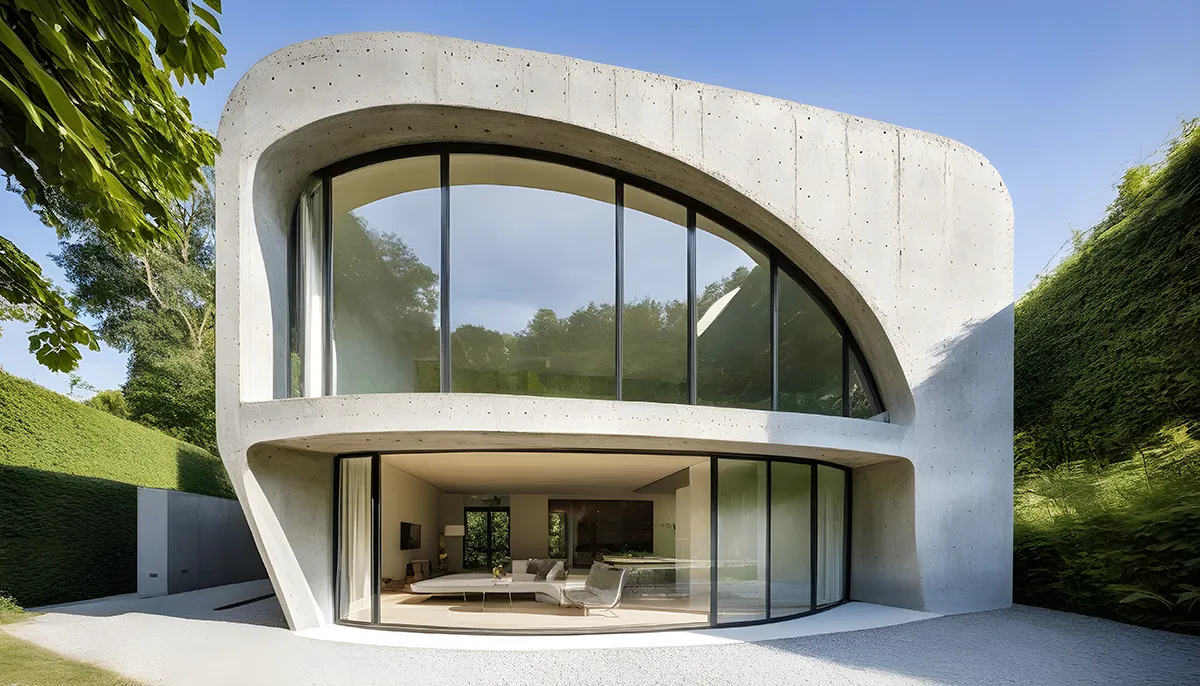
Tools and Services
Some of living concrete tools and services are:
- BioBricks: Modular blocks containing bacteria and nutrients designed for easy incorporation into concrete structures. ecoLogicStudio, is one of the companies developing BioBricks.
- Self-healing capsules: Tiny capsules embedded in concrete containing bacteria that activate upon crack formation, triggering mineralization and healing.
- Consulting firms: Companies like Biomason specialize in bio-concrete design and implementation, offering expertise and project management.
- Research labs: Universities and research institutions like the University of Wisconsin-Madison’s Living Materials Laboratory actively develop and test bio-concrete technologies.
- Shape memory polymers: Polymers that change shape upon heating are used to close cracks when triggered by temperature fluctuations.
- Microcapsules: Tiny capsules containing healing agents, released upon crack formation to initiate repair.
- Construction and repair companies: Some specialize in using self-repairing concrete for various applications, offering expertise and project execution.
- Sustainability consultants: Firms like BuildGreen and CURE help construction projects incorporate sustainable practices, including green concrete.
How to Get Started?
To get started with living concrete, you need:
- Basic knowledge and skills in biology, chemistry, and engineering.
- Access to the materials and equipment required to produce and test the living concrete, such as bacteria, sand, gelatin, nutrients, water, molds, light, temperature, and humidity sensors, and analytical tools.
- Follow the standards and guidelines for the quality, safety, and performance of living concrete products and structures and the laws and policies that protect the rights and interests of the stakeholders and the environment.
Best Practices
Some of the best practices for getting the most from living concrete are:
- Choosing the correct type of bacteria, nutrients, and additives for the desired properties and functions of the living concrete, such as strength, durability, viability, self-healing, bioluminescence, or sensing.
- Controlling the environmental conditions, such as light, temperature, and humidity, for the optimal growth and mineralization of the bacteria and the living concrete.
- Using digital transformation and automation technologies, such as sensors, virtual reality, Internet of things, and 3D printing, to improve the efficiency and productivity of living concrete production and construction.
- Engaging with the public and the users of the living concrete to raise awareness and acceptance of this novel and innovative technology.
Related Terms
Some of the terms related to living concrete are:
- Cyanobacteria: A type of photosynthetic bacteria that can produce calcium carbonate crystals that bind the sand particles together in living concrete.
- Gelatin: A protein derived from animal collagen that acts as a scaffold to support bacterial growth and mineralization in living concrete.
- Regeneration: The ability of living concrete to grow and multiply by adding more sand and nutrients to the existing material.
- Self-healing: The property of living concrete to repair its cracks and damage using bacteria that produce limestone when exposed to water.
- Bioluminescence: The phenomenon of living concrete emits light by using bacteria that produce luciferase, an enzyme that catalyzes the oxidation of luciferin, a light-emitting molecule.
- Sensing: The function of living concrete is to detect and respond to environmental stimuli, such as temperature, humidity, or pH, by using bacteria that produce different colors or signals.
Learn More
If you want to learn more about living concrete, you can go through these resources:
- Concrete Technology: This is a course offered by NPTEL that covers the basics of concrete-making materials, production, properties, and durability. It also includes video lectures, assignments, and books.
- Modern Concrete Technology: This book series by Routledge presents state-of-the-art concrete technology with a strong focus on materials. It covers topics such as concrete surface engineering, textile-reinforced concrete, shotcrete, and durability of concrete.
- Living Concrete Will Advance Construction Technology: This is a research report by the European Commission that discusses the potential and innovation of living concrete, as well as the ethical and social implications of using living bacteria to make concrete.
I hope you enjoyed this insightful discourse. I believe that open dialogue and diverse perspectives are essential for fostering a deeper understanding of complex issues. Therefore, encourage you to share your thoughts and opinions in the comments below. Engage with other readers, challenge assumptions, and contribute to a rich and meaningful discussion. Your insights are valuable, and welcome you to participate actively in this intellectual exchange.
Together, we can explore new ideas, expand our horizons, and generate fresh perspectives.

Learner-in-Chief at Future Disruptor. A futurist, entrepreneur, and management consultant, who is passionate about learning, researching, experimenting, and building solutions through ideas and technologies that will shape our future.
Subscribe to the Future Disruptor newsletter.
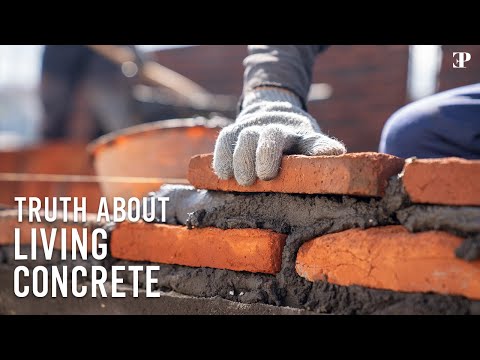

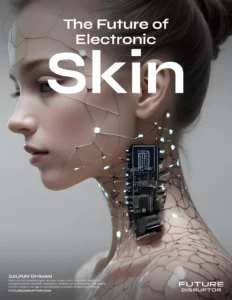
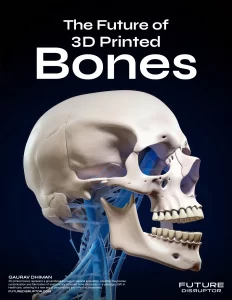
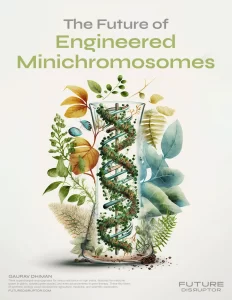
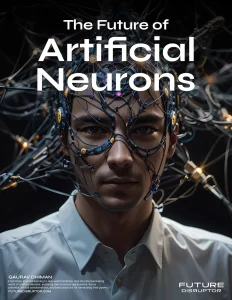

Leave a Reply